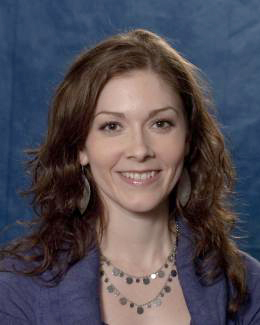Four science and operations teams conducted a variety of scientific investigations and field equipment tests at sites in and around the Askja caldera. One science team investigated the soils in the region using handheld instruments similar to those onboard Mars rovers. This allows for a direct comparison between their field measurements and those on Mars to help determine what the rovers are observing. Another team operated a drone to take high-resolution images of the surface. They provided aerial imagery of other team’s field sites and continued their long-term monitoring of Mars-like aeolian processes like gravel ripple migration happening around the caldera.
The last science team was the ground-penetrating radar (GPR) team, which I had the opportunity to join. The team has been mapping the extent and thickness of ice deposits buried beneath pumice, ash, and other tephra from eruptions of Askja in 1875 and 1961. These ice deposits are potentially analogous to those found on Mars or the Moon. Combining the confirmed GPR observations of subsurface ice with airborne synthetic aperture radar (SAR) observations over the Askja caldera allows the team to simulate what future orbital radar systems could observe on Mars. This will be used to determine what a signal from ice would look like from orbital SAR systems in the future. The GPR team has also been monitoring these ice deposits over two field seasons to track any changes between 2019 and 2021 as the long-term stability of this ice is threatened by the warming climate. The ice deposits have been found to be as thin as 10 centimeters and thicker than 2.5 meters in some regions buried beneath up to 40 centimeters of tephra.
I am currently analyzing the collected radar data over the last two field seasons to calculate the thickness and extent of buried ice deposits across the floor of the Askja caldera. I'm also focusing on modifying existing GPR analysis techniques to aid in identifying the signature of buried ice and which radar frequencies are best suited for mapping shallow ice deposits such as these.
|
Top left: Zach Morse (NASA GSFC), Emileigh Shoemaker, and Jacob Richardson (NASA GSFC) take a traverse with the 900 MHz ground-penetrating radar (GPR) antenna over a tephra deposit from 1961 where they suspect buried ice is present. These systems take at least two people to operate with one pushing the antenna across the surface and the other monitoring the data in real-time for quality control. Top right: GPR team lead David Hollibaugh Baker (NASA GSFC) confirms buried ice beneath pumice erupted in 1875 and takes a sample for later laboratory analysis. These trenches also help determine the depths at which the GPR is detecting ice. Bottom: A hand sample of ice buried beneath 1875 pumice. This ice is fairly pure and has closed pore spaces, creating the solitary bubbles seen in the sample. |


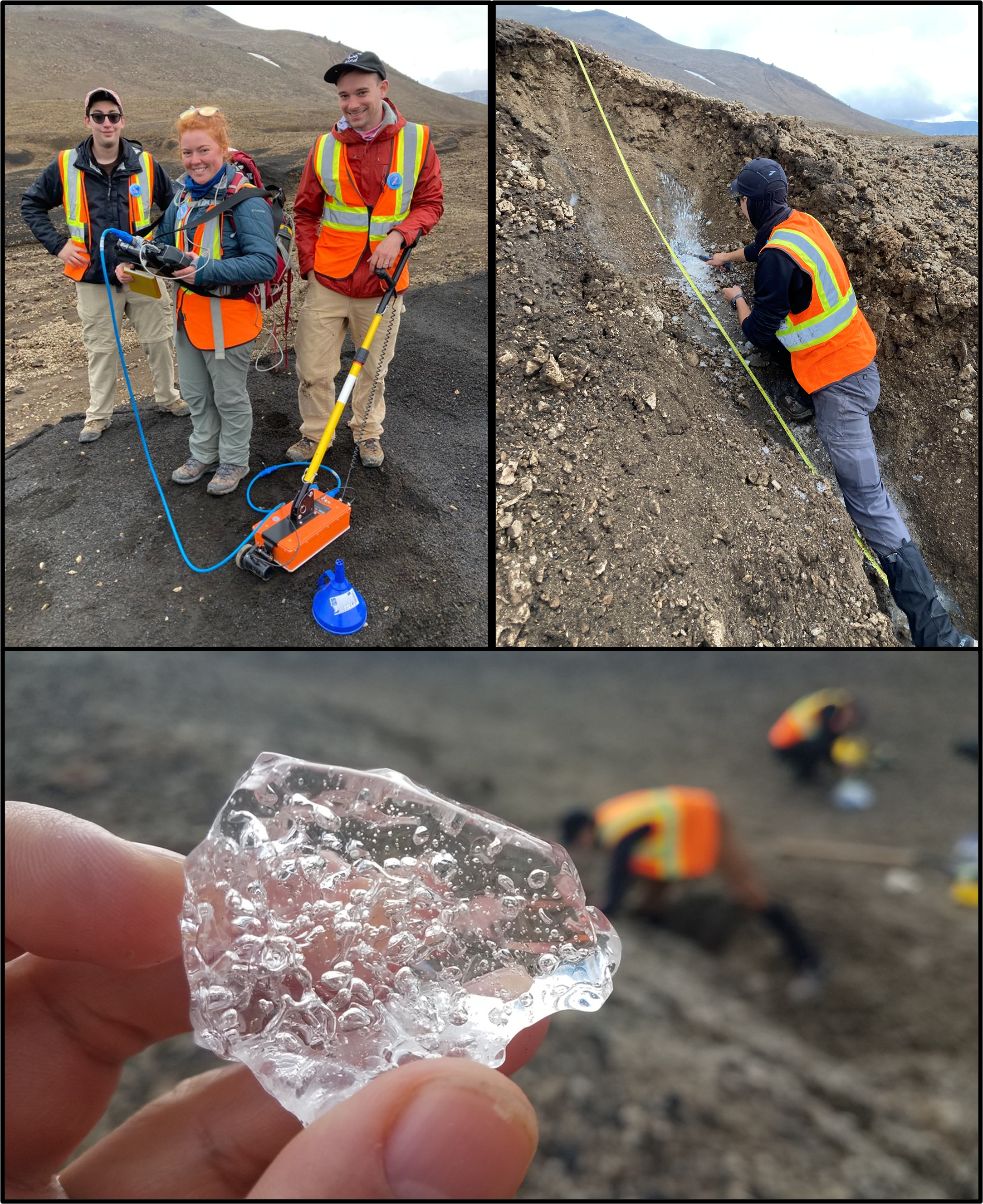
 Nathan Hadland received a
Nathan Hadland received a 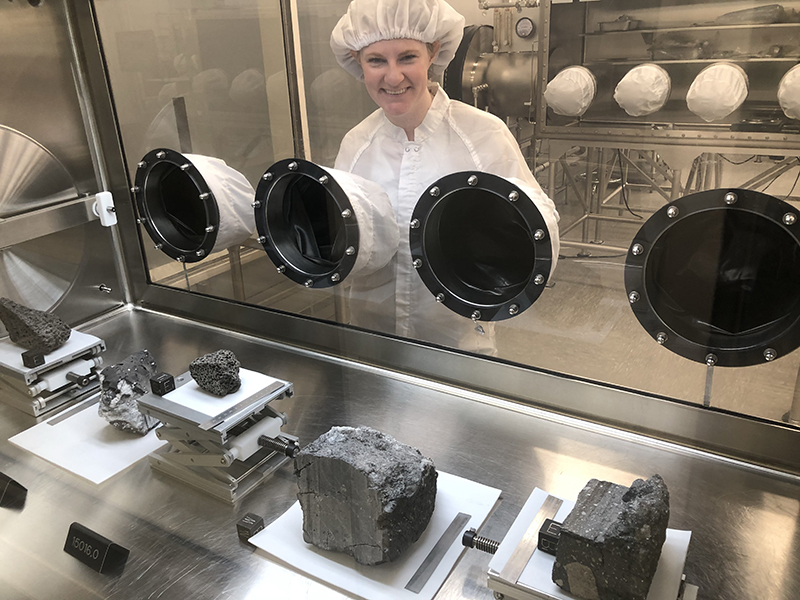
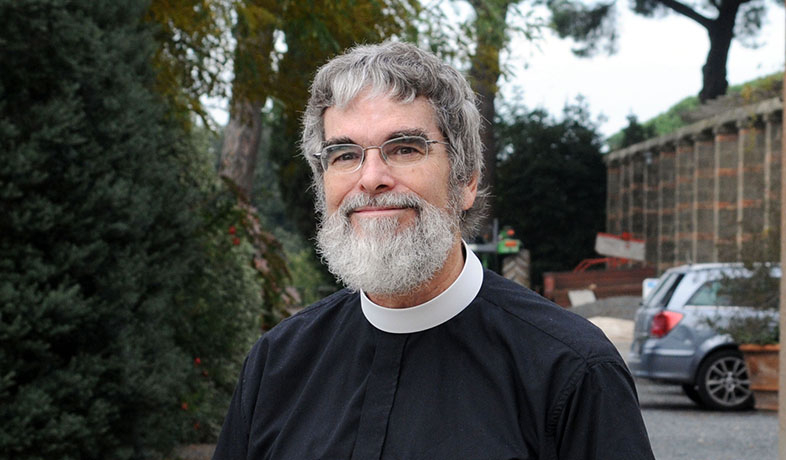 LPL alum (1978)
LPL alum (1978) 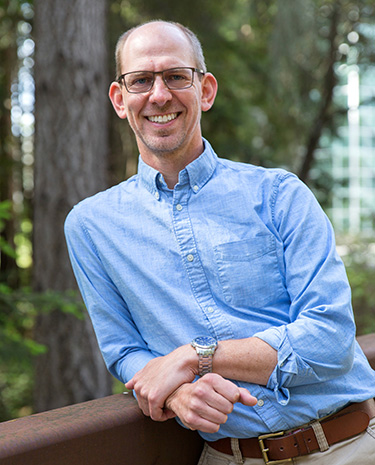 LPL alumnus
LPL alumnus 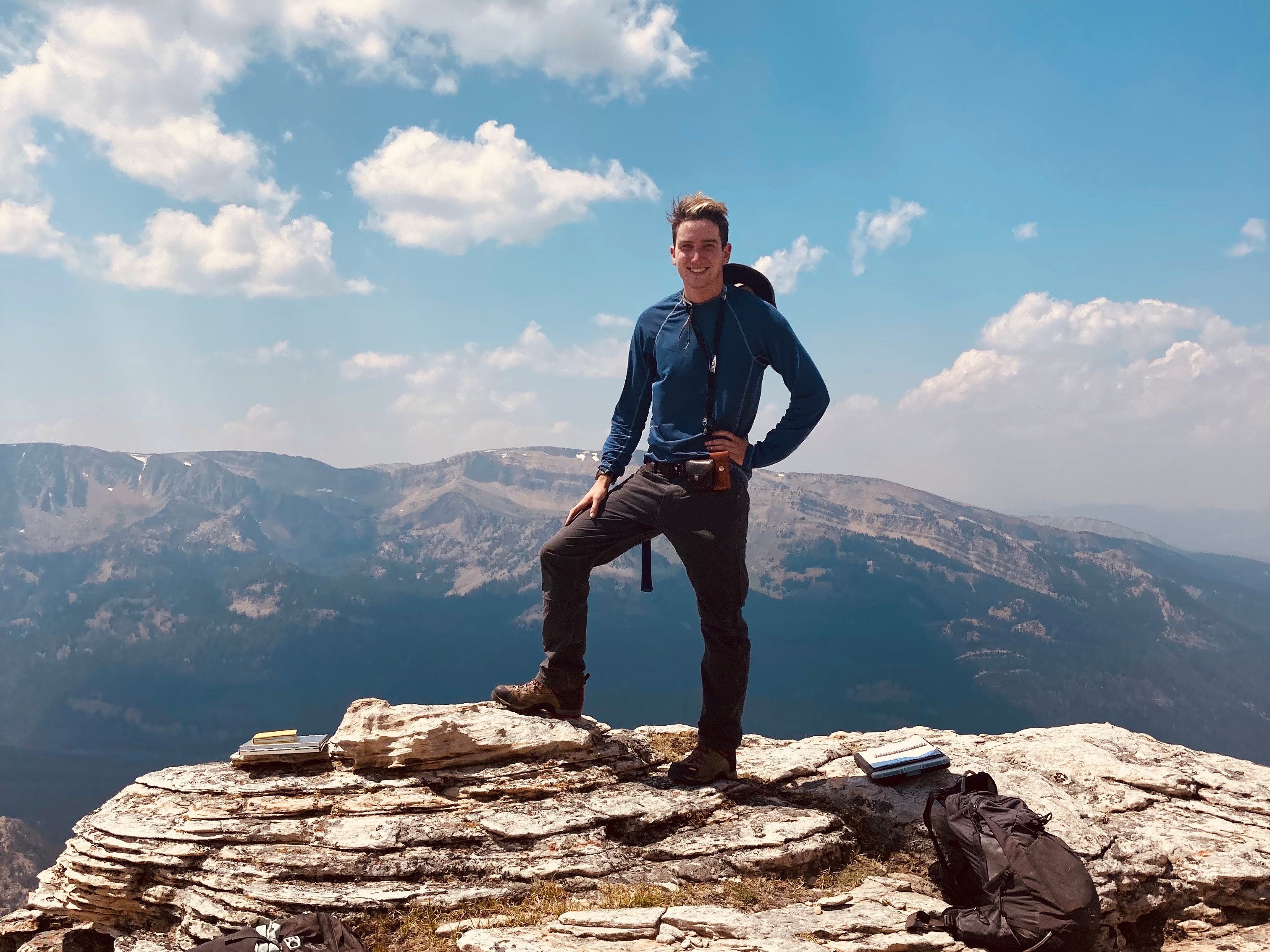 David Cantillo
David Cantillo
